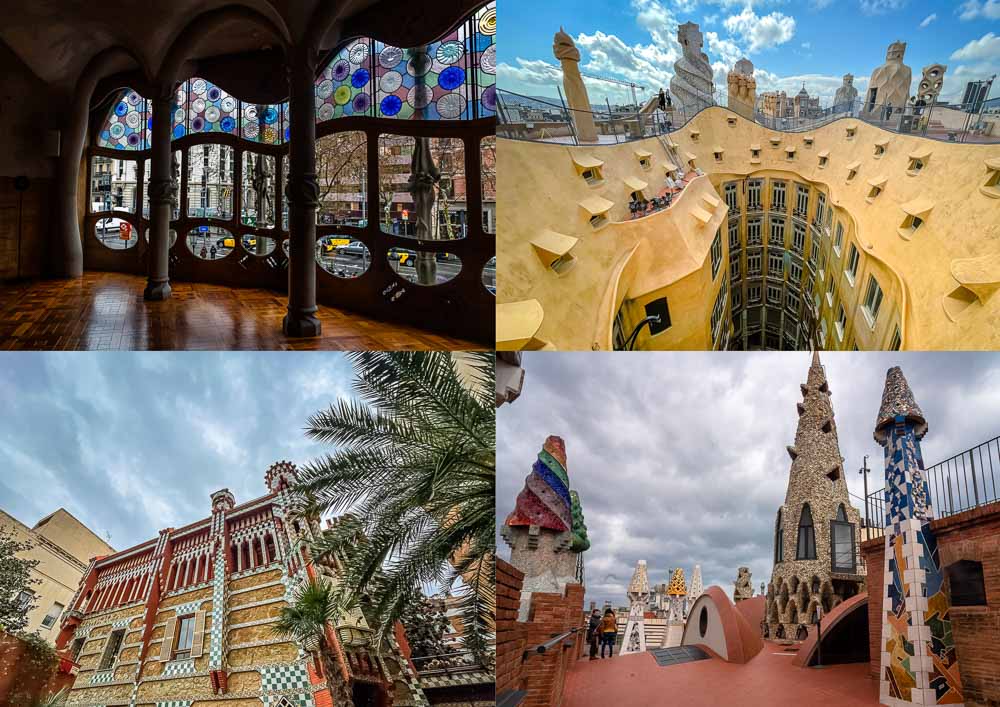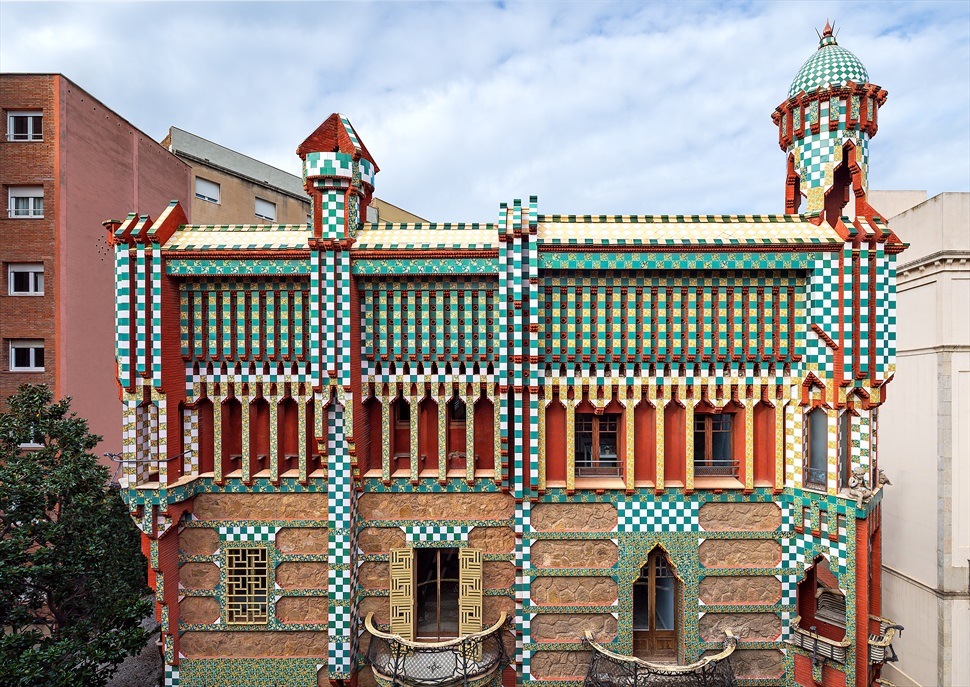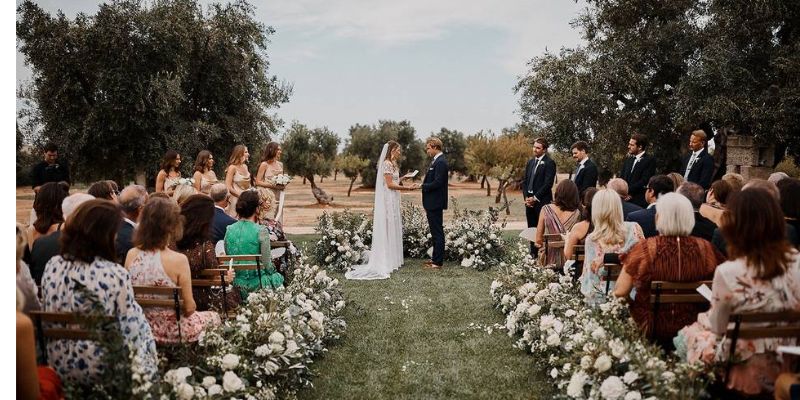
Those who appreciate architecture and everything Antoni Gaud-related should check out Casa Vicens in Barcelona. The dazzling structure will mesmerize you regardless of whether or not you have a passion for architecture. It's unlikely that you've come across something like it before. Because it is so recently opened, it is considered one of Barcelona's deliciously under-the-radar hidden jewels.
History of Casa Vicens
The quaint little hamlet of Gràcia is where you'll find Casa Vicens. In 1877, a wealthy entrepreneur named Manuel Vicens I Montaner gave Gaud the contract to design a building. It was supposed to be a vacation home, somewhere to get away from the bustle of the city. In the town itself, it has evolved into a bohemian and artistic neighborhood in recent years.
Tiles were made by Vicens, which was a manufacturer. In the home's design, Gaud included tiles produced by his firm. Vicens came perilously close to going out of business due to the project. But fortunately for him, Gaud's design caused a frenzy in the tile industry, bringing Vicens employment and ultimately saving his company.
An Exciting Confluence of Natural Elements
Gaud was given free rein to design a home that stood out from the crowd. The Mudéjar style was developed under Christian authority and incorporated aspects of Moorish and Christian architecture from Spain. The horseshoe arches, the red brick decoration, the crenelated arches, the delicate plaster latticework, and the vivid geometric tiled motifs are some of the distinguishing features of this style.
What to Look Out for When Visiting Casa Vicens
After you've gotten your fill of history, let's take a closer look at this magnificent jewel with a theme revolving around the Mediterranean.
1. The Outer Layers of the Casa Vicens Building
Gaud constructed Casa Vicens from various materials, including brick, stone, tile, and iron. Materials of a more traditional nature, yet put together in an astonishingly beautiful manner. Stone with a golden tint and an unfinished appearance is used to clad the lower walls of the home. The top floors are constructed out of brick, a vibrant shade of red. Most of the outside wall is covered with flowery tiles in various colors. When Gaud visited the location, the "luxuriant fan palms" and "small yellow flowers" (marigolds) in the environment served as a source of creative inspiration for him.

The courtyard of Casa Vicens opens out onto a beautiful garden. A little fountain is covered with marigold tiles all around it. It has palm trees, philodendrons, and several other potted plants as its landscaping features.
2. The Unconventional Decor of the Casa Vicens
The inside of Casa Vicens is a multicolored extravaganza of intricate design. The walls are adorned with patterns that include seashells, birds, and plants. The ceilings and walls are impressive since they are covered with paper maché plant designs between the ceiling beams. Each room is unique, yet they all have a shared focus on local flora and animals. Terrazzo was used for the flooring in every room of the home.

The dining room, smoking room, and covered porch are all located on the main level of the house. The first level is dedicated to the sleeping quarters and has a riotous assortment of plant-themed furnishings. An exhibit detailing the history of Casa Vicens may be seen on the second level.
No Hallways
The main bedroom has a beautiful patio that leads off of it. It is furnished with wrought iron seats and is embellished with sunflower tiles. It brought to mind the work that Gaud did on El Capricho, located in Comillas, Spain, which I call his sunflower home. The "smoking chamber" under the dome was the most significant challenge throughout the renovation. A heinous act against the building's design had been committed by painting the blue ceiling gold.
Now that it has been renovated, it resembles an authentic oriental oasis and is covered with tiles with blue and gold wainscoting. The golden Moorish lights initially set on the ceiling by the previous owner provide a stunning contrast to the dark blue tiles. Even the restrooms have a daring personality. You won't find any plain white toilets like you're used to seeing here. The bathrooms of Casa Vicens are tiled with bright blue, yellow, red, and white tiles, some of which are checkered and others of which are flowery.
3. The Rooftop
Gaud was known for his passion for experimenting with different patterns on roofs. The rooftop of Casa Vicens was his first experience with rooftop access. The extraordinary designs that would later be used on Gaud's Casa Batlló and La Pedrera may be hinted at in the central tower of the building.



